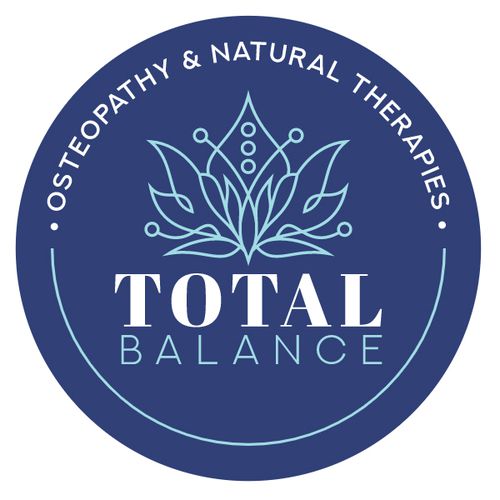
Sciatica is a painful syndrome which is caused by compression or irritation of a nerve deep in the buttock and down the leg, called the Sciatic nerve. The symptoms of Sciatica may include one or more of the following: pain in the buttock or down the leg, numbness, muscular weakness, pins and needles or tingling and difficulty in moving or controlling the leg. Sciatica is most commonly felt in one leg at a time, and can range from a dull ache to an incapacitating pain. People with Sciatica may find that they have their symptoms all the time, or the symptoms may come and go depending on certain things such as the time of day or different activities that the person has been undertaking.
The pain associated with sciatica can be caused by a number of underlying conditions. These may include: a herniated (bulging) disc in the lower back, bony growths on the spine, arthritis in the low back or hip, tight muscles in the buttock or trauma to the lower back. Sciatica may also be present during pregnancy due to the altered mechanics of the pelvis and low back as the baby grows and develops.
Exercise like swimming, yoga and pilates help increase flexibility and strength of the muscles that support the back which will assist in prevention and management of sciatica It is also important that you stand and sit with good posture and do not sit for extended periods of time, as this can aggravate the condition.
Manual Therapy such as Osteopathy may also help relieve the symptoms of Sciatica. When you see an Osteopath for treatment of this condition, they will do a full musculo-skeletal and orthopedic examination to find the true underlying cause of the Sciatica. They will then treat the related joints, muscles, ligaments, tendons or organs to reduce the pressure on the Sciatic nerve. This is done with a series of hands-on manual techniques that the Osteopath has tailored exactly to each specific person. Sciatica can often resolve quite quickly with the appropriate management and self-care.
Originally published on Apr 29, 2011









